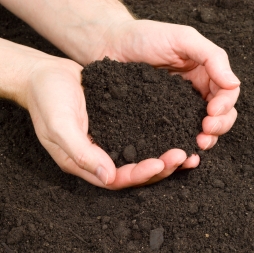631-993-1039 / 516-659-4716
Are you still looking for plans for
the rapidly approaching 4th of July Holiday? If you’re looking for
ways to keep the family busy next Wednesday here are some events happening on
Long Island that are festive and fun for all ages!
Fireworks:
Long Island Ducks Fireworks presented by Atlantic Honda
Location: Bethpage Ballpark, Central Islip
 Montauk's
Independence Day Celebration
Montauk's
Independence Day Celebration Location: Umbrella Beach, Montauk
Star Spangled Blast at Bald Hill
Location: Brookhaven Amphitheater, Farmingville
Southampton: The Southampton Village Fourth of July Parade will begin at 10 a.m., leaving from the Southampton railroad station and continuing down North Main Street, Main Street and Jobs Lane, and ending at Agawam Park.
Port Jefferson: A parade down Main Street, sponsored by the Port Jefferson Fire Department, begins at 10 a.m.
The National Park Service and the Friends of Sagamore Hill invite you to celebrate Independence Day at Sagamore Hill National Historic Site. Independence Day was an important holiday for Theodore Roosevelt. After speaking at the festivities in Oyster Bay, TR would gather his extended family and friends at Sagamore Hill for a day of patriotic celebration. This year's celebration will feature a variety of exciting programs beginning at 11 a.m. and ending at 4 p.m., all of which are free and open to the public.
The Blues Brotherhood, a tribute to the Blues Brothers, covers the best material from the original "Blues Brothers" as well as other classic blues, funk, and soul tunes in a show at Ammann Riverfront Park in Riverhead. So hold on to your hats (and shades, for that matter) as the boys capture the sound, energy and persona that propelled the original "Blues Brothers" into the phenomenon that still thrills audiences around the world. Show starts at 7 p.m.
Do you know of any other 4th of July events happening on Long Island? Let us know on our Facebook page linked HERE!










.jpg)













